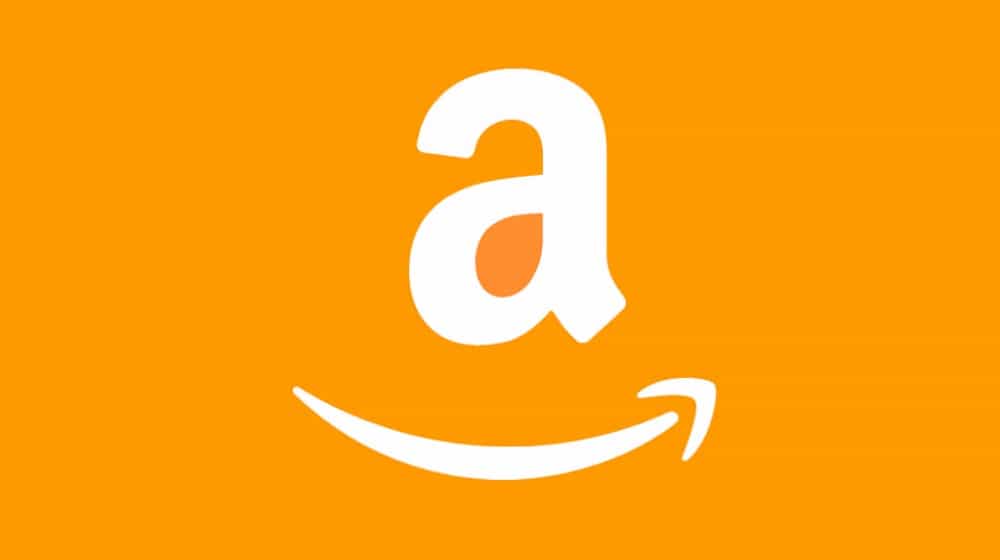Business
Amazon’s Generosity Based on Profits, Not Helping Those Less Fortunate

Amazon has been a low price leader for years. But now, the online retailer looks to steal Walmart’s target demographic with a new program to bring in customers on government assistance programs. But can these budget-restricted users really provide value for Amazon? There’s an interesting thought process behind Amazon’s turf war with Walmart, and the plan may not be as magnanimous as people might think
What's the Reason Behind Amazon's “Generosity”?
Amazon announced Tuesday that it would offer a discounted Amazon Prime membership to customers who receive government assistance. The low-income shoppers Amazon is looking to bring in are generally Walmart’s target demographic. Specifically, Amazon is offering a 45% discount on its Prime monthly membership to people with a valid Electronic Benefits Transfer card, mainly used for supplemental help with groceries, or food stamp. And while Amazon said Tuesday that it wants more people to have access to Prime, the bottom line is they’re interested in their bottom line.
Nearly 20% of the U.S. population relies on some sort of government assistance. Most of those users had never considered an Amazon Prime membership, which costs either $99 a year or $10.99 a month. Now, though, those customers can purchase a monthly membership for just $5.99, giving them access to free shipping, streaming shows, movies, and other entertainment.
It’s a brilliant move by Amazon.
A large chunk of the company’s annual revenue comes from Prime memberships. Amazon has costs associated with that, specifically the free shipping Amazon includes in the plan. However, with low income customers, shipping will be limited, if utilized at all, by most of these customers.
Amazon has no additional costs for each new user streaming its content, so if all these new users are constantly streaming shows and movies, Amazon loses nothing — especially if they’re not shipping packages every other day.
On top of that, a yearly membership for these new customers isn’t discounted. It’s still $99. So even with the monthly discount, a yearly Prime membership would still cost $72. That means Amazon would be losing out on $27 per year per new customer. But all those new customers are customers Amazon would otherwise not have secured.
Watch this video from CNBC about Amazon's prime discount on those on government benefits:
Amazon could also service these users through a new program in which it accepts food stamps online for fresh groceries in 6 states. Amazon would then be able to charge full price for the goods, as the government would then pick up the tab. Last year, Walmart earned about $13 billion from shoppers using food stamps, which was 18% of the program’s total spend nationwide. If Amazon can pry any of those customers away from Walmart, this program turns into a huge win. Expect shares of Amazon.com, inc. (AMZN), already at record highs, to continue UP.
Learn how to trade what you see to win with Guy Cohen right here.
Follow us on Facebook and Twitter for more news updates!
The statements, views, and opinions of any article, contribution, editorial, or advertisement in this publication are not necessarily those of The Capitalist or its editorial staff, and are not considered an endorsement, sponsorship, or recommendation of any referenced product, service, issuer, or groups of issuers.
This publication provides general information about certain subjects, and should not be construed or taken as advice (legal, financial, investment, tax, or otherwise). Do not construe or take any information in this publication as a solicitation, offer, opinion, or recommendation to buy or sell any securities, bonds, or other financial instruments or to provide any legal, financial, investment, tax, or other advice or service about the suitability or profitability of any financial instruments or investments.
The Capitalist disclaims any liability for the accuracy of or your reliance on any statements, views, opinions, or information in this publication.






Pingback: Amazon Will Do Whatever it Takes to Secure Whole Foods... Will Disrupt the Grocery Industry